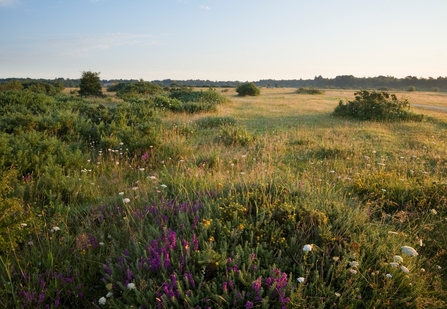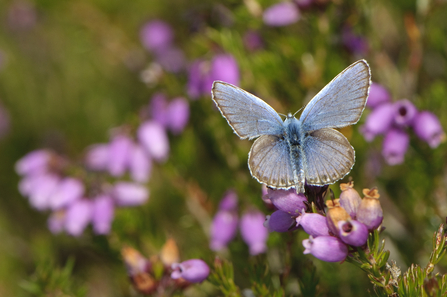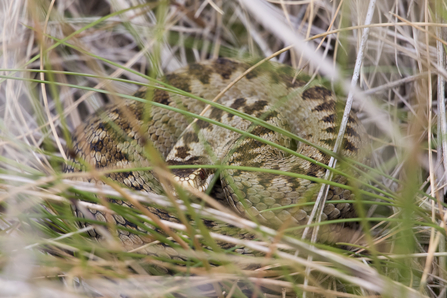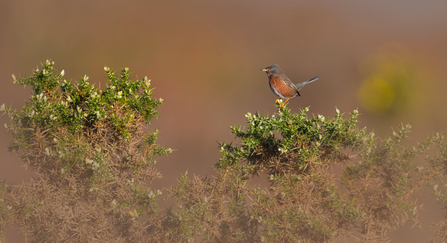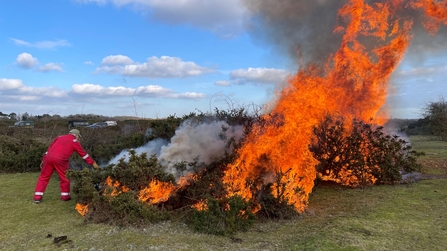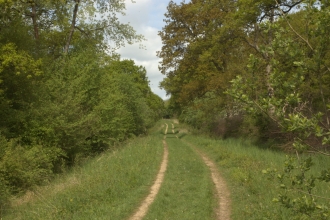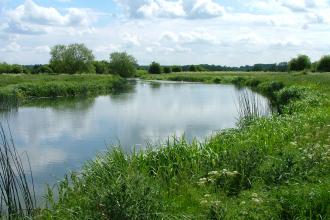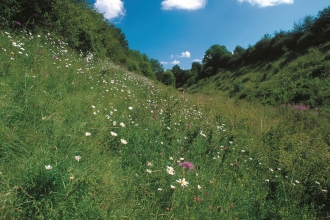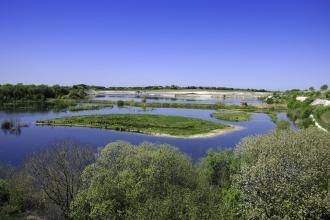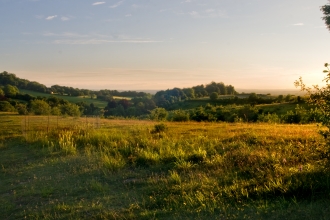What is scrub?
Scrub provides valuable shelter for birds and insects but too much of it can be a bad thing, so Wildlife Trust staff and volunteers spend much of the winter removing it from our nature reserves.
Scrub comprises shrubs such as hawthorn, blackthorn, dogwood, gorse and bramble, together with young trees of prolific seed producers like birch and willow. Left untouched this scrub would rapidly spread.
Lowland heath, chalk grassland and many other valued habitats are 'plagioclimaxes' (a habitat where the influences of humans have prevented the ecosystem from developing further) where this succession has been halted by actions such as
grazing, cutting or burning.


